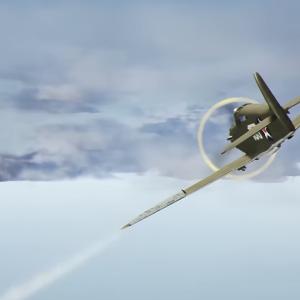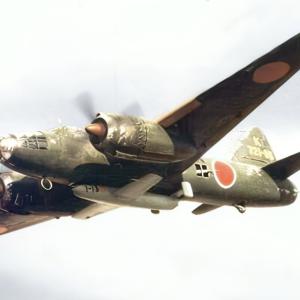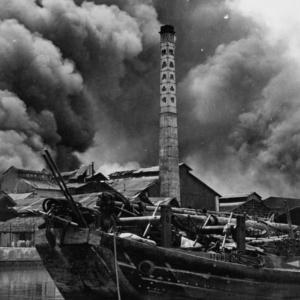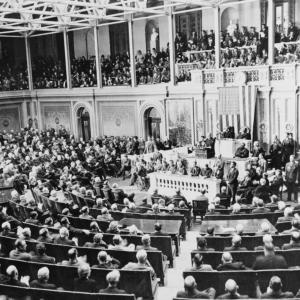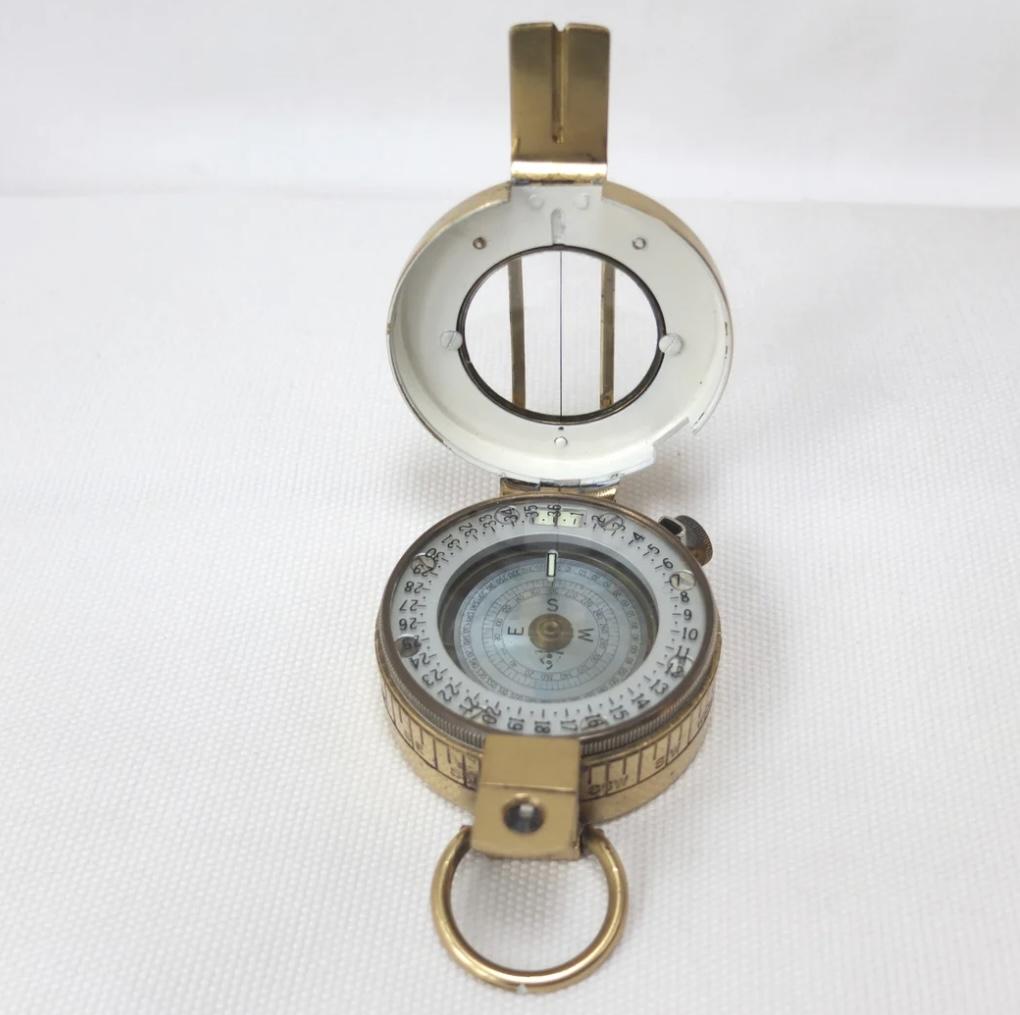
Francis Barker military compass mk111
Francis Barker & Son was a long-established London maker of precision portable instruments whose name became closely associated with British military compasses during the Second World War. The company’s origins went back to the nineteenth century, and by the outbreak of war it had refined a range of designs first developed between the wars. Their products were valued for accuracy and robustness, and were supplied both directly to the War Office and indirectly through other retailers who often applied their own branding to Barker-made instruments.
During the conflict, Barker compasses were most often seen in the hands of officers and specialist troops. The company’s Mk III prismatic compass was one of its best-known wartime designs, a liquid-damped sighting compass with a precision prismatic view that allowed bearings to be read to a fraction of a degree without moving the instrument from the line of sight. Another notable model was the Mk VI officer’s pocket compass, a small hunter-cased instrument often made with a Dennison case. Compact enough to slip into a tunic pocket yet accurate enough for serious navigation, it was popular among junior officers who needed a dependable personal compass. Barker also produced lensatic marching compasses and other handheld patterns for general navigation, as well as supplying parts or complete units for other firms.
Manufacturing involved a combination of in-house production and collaboration with specialist case makers. War Department issue instruments typically carried the broad arrow mark along with the maker’s name and a serial number, often prefixed with a letter code. While Barker compasses survive in large numbers and appear frequently in collections and auctions, no official production totals have been found in the public record, making it impossible to state exactly how many were made during the war.
The British Army of the Second World War used a variety of compass types, reflecting different roles and navigational needs. Prismatic compasses, like Barker’s Mk III, were used for accurate bearing work. Pocket or hunter-cased compasses, such as the Mk VI, provided a portable option for officers on the move. Lensatic or marching compasses were issued more widely for patrol and field work. Specialised artillery compasses were employed for gun-laying and surveying, while larger surveyor’s and plotting compasses were used for mapping tasks. At the other end of the scale, tiny escape and evasion compasses were concealed in aircrew and commando survival kits. Transitional and retailer-branded designs, some of which were made by Barker, bridged these categories. Counting all the official patterns, special issues, and commercial variants, there were at least six to ten main categories of British Army compass in wartime service, each with multiple sub-variants.
Barker’s wartime output, though difficult to quantify precisely, remains highly regarded among military historians and collectors. The surviving instruments show the company’s skill in combining compact design with precision engineering, ensuring that many of their compasses, even after decades, remain serviceable today.

